An over subscribed walk brought together some new folk along with a hard core of followers who have been on all the walks to date.
Today we themed the walk and looked at abstraction. A half hour session before the walk saw us discussing the notion of abstraction and how we could apply some of the principles within a photographic context.
We looked at both the formal construction of an image and then how, by using the camera in a slightly less conventional manner, it is possible to create some interested ‘off the wall’ pictures.
Off course on a day were you are building themes doesn’t mean you ignore those single classic images that present themselves as the light changes or the elements come together in such a way that demands attention. On this occasion towards the end of the walk we passed an oldish guy who is, off his own bat, creating a road side wild flower ‘garden’. After a good chat I photographed him and will return in a couple of months to see the the fruits of his labour.
I’ve included the information sheet that formed the basis of the discussion in this post for those who tried to book but were unlucky. We are running another day in September. If your interested then book early.
INFORMATION SHEET FROM THE WALKS WITH A CAMERA Â – ABSTRACTION
Walking with a Camera – A series of Countryside walks in conjunction with Caerphilly Countryside Service
Led by James Bower and Tim Collier
Abstraction within Photography
| The word abstract strictly speaking means to separate or withdraw something from something else.
In that sense, applied to photography, it occurs when the photographer has started with some visible object and abstracted elements from it to arrive at a more or less simplified or schematised form. The strength of abstraction in the creation of images lies in both the simplified form and the move away from immediately recognised subject matter. How to abstract
Above all don’t be afraid of making mistakes and trying something new. The beauty of digital is you can erase what you don’t like and it’s not costing anything. |


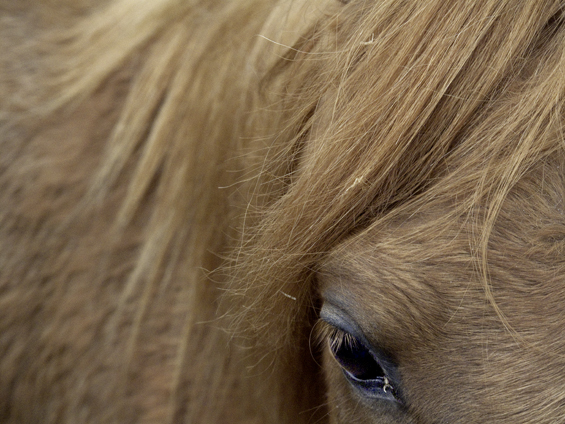
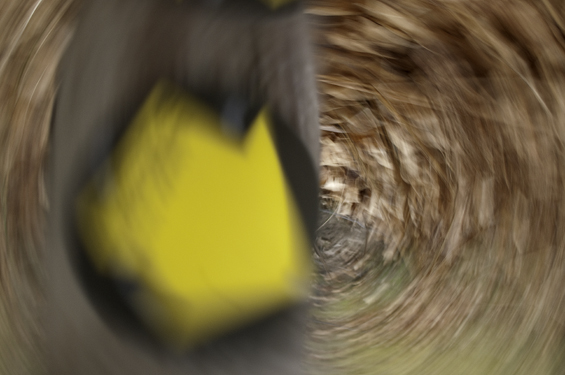
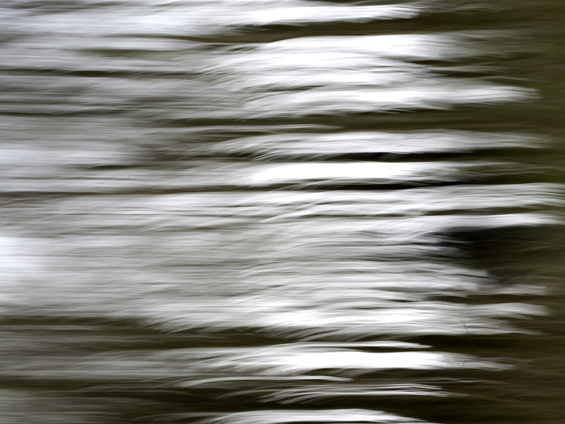
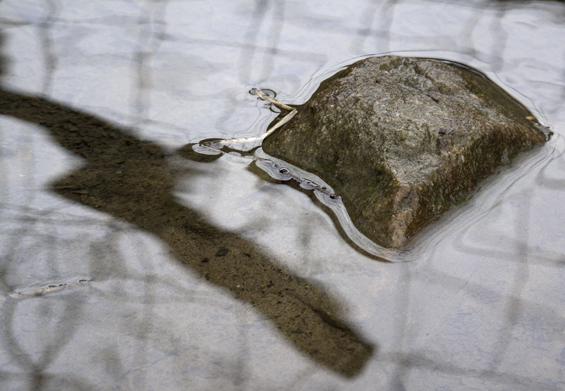
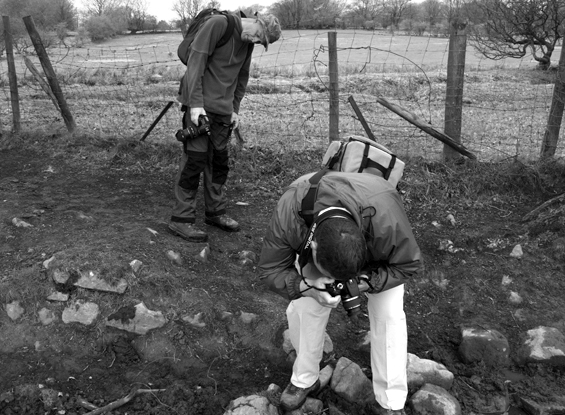

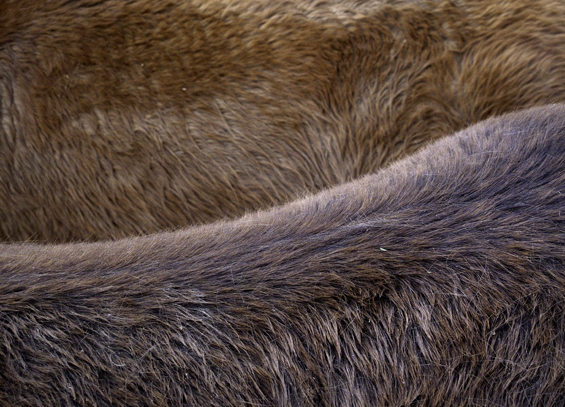
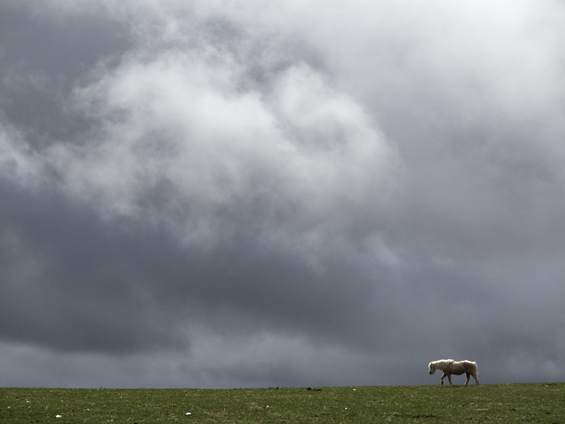
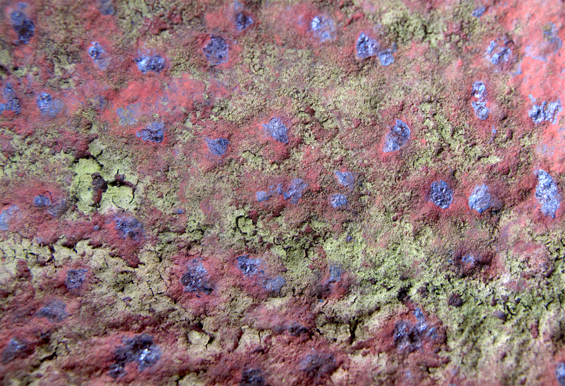
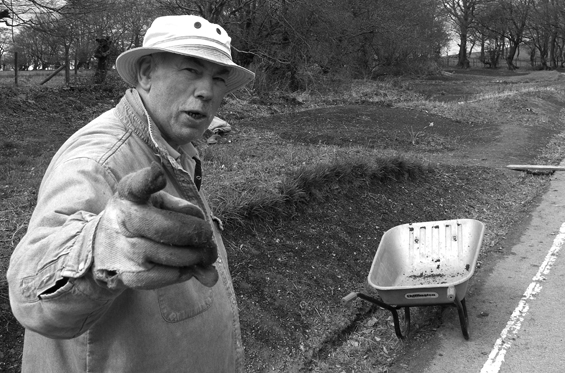
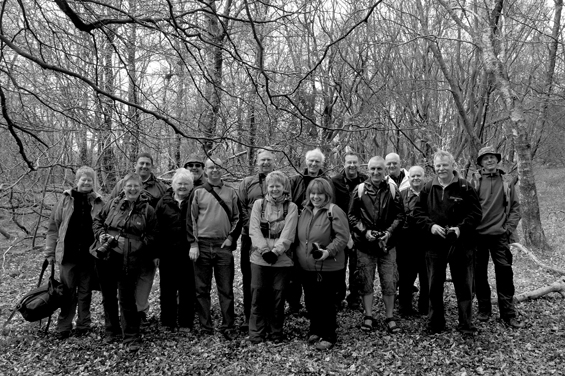
I like image no 8 and 9. Brilliant. Will book september walk for sure! Where are you going next?